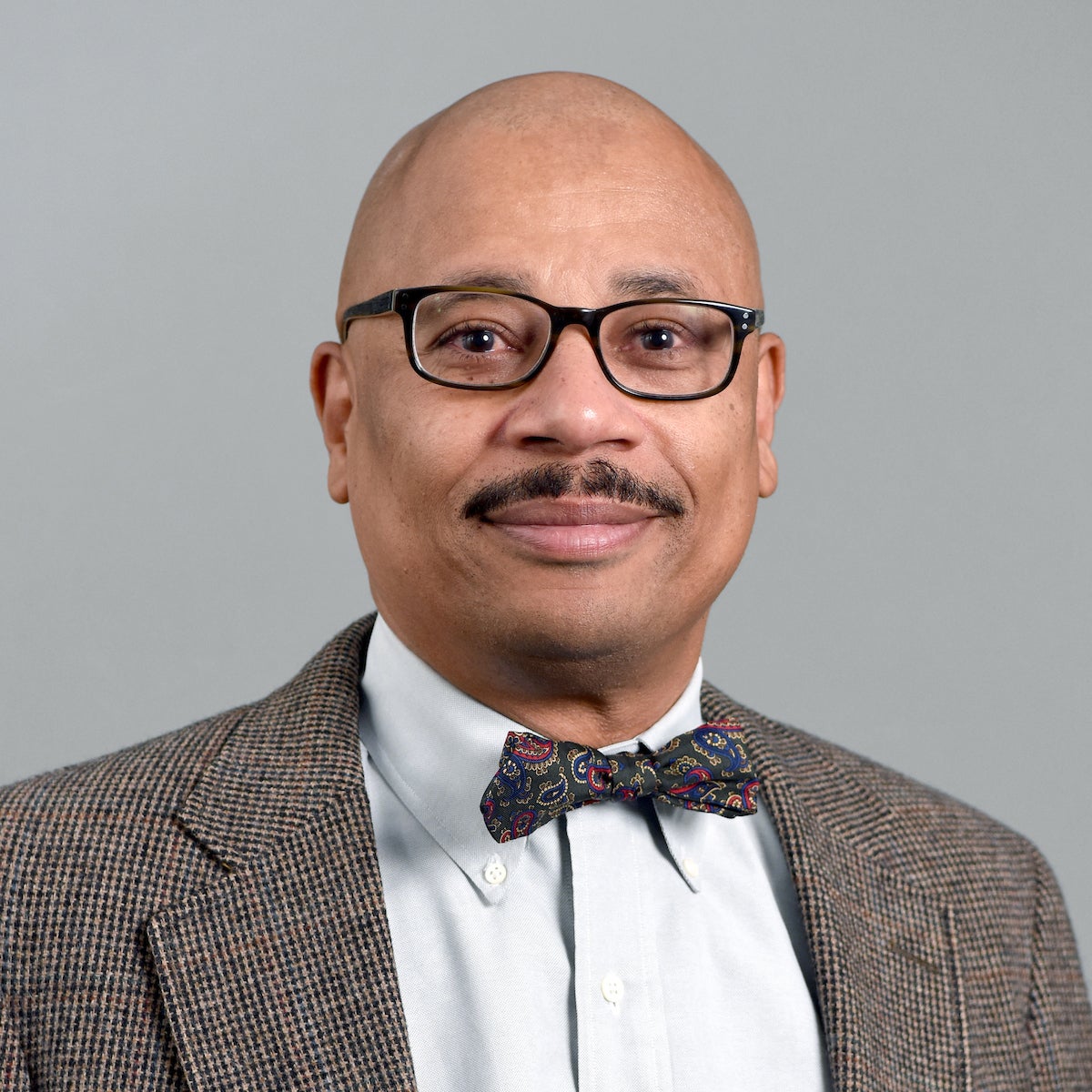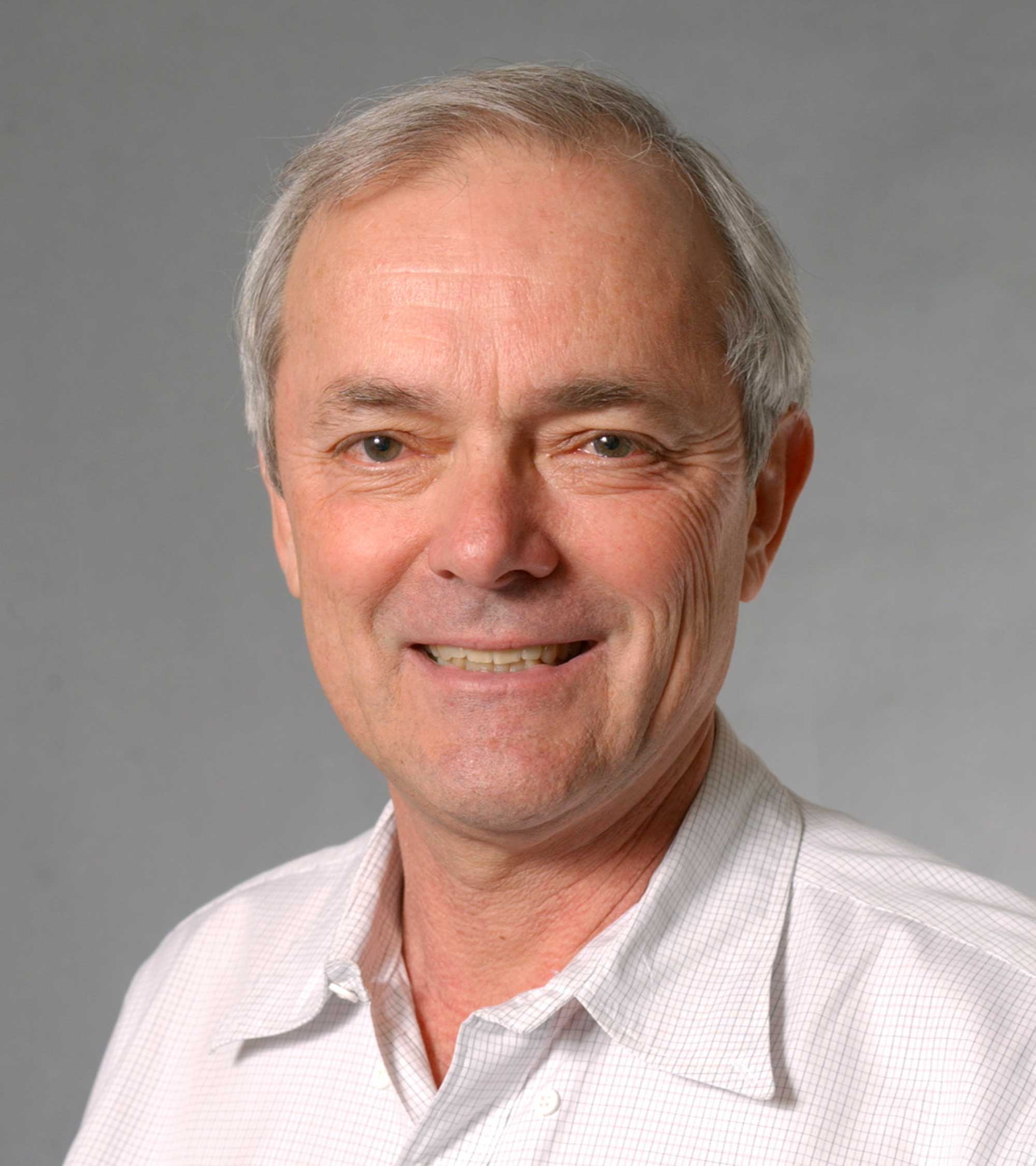The National Academy of Inventors (NAI) has named Terry Alford, Devens Gust and Andreas Spanias as senior members for fostering a spirit of innovation at Arizona State University while educating and mentoring the next generation of inventors.
Alford and Spanias — faculty members in the ASU’s Ira A. Fulton Schools of Engineering — and Gust of the School of Molecular Sciences are among the 54 academic inventors named to the spring 2019 class of NAI senior members. NAI senior members are active faculty, scientists and administrators from NAI member institutions who have demonstrated remarkable innovation producing technologies that have brought, or aspire to bring, real impact on the welfare of society. Senior members have proven success in patents, licensing and commercialization.
“Terry, Andreas and Devens have demonstrated a commendable commitment to not only driving innovation at ASU, but in championing work that has the potential to improve society at local, national and global scales,” says Sethuraman “Panch” Panchanathan, executive vice president of Knowledge Enterprise and chief research and innovation officer at ASU. “This is a richly deserved recognition for each of them.”
Fulton Schools of Engineering Dean Kyle Squires said Alford and Spanias’ efforts as inventors and innovators have supported ASU’s designation as one of the top 10 universities worldwide granted U.S. patents.
“Terry and Andreas’ elevation to senior members in the National Academy of Inventors is a well-deserved achievement for these dedicated members of our faculty,” said Squires. “The Fulton Schools has a strong record of innovation and creativity and it's through work like theirs that we’ve moved into a leadership position not only nationally but internationally.”
Innovating integrated circuits
Terry Alford
Alford holds 10 U.S. patents and multiple invention disclosures. An expert in silver and copper metallization and low-k dielectrics for integrated circuit technologies, Alford is most proud of his patented work to develop a process for cladded silver alloy metallization to improve adhesion and electro-migration assistance.
His greatest achievements, however, lie in the successes of the students he mentors, many of whom have gone on to have successful careers as entrepreneurs and in academia and industry.
“I use generating patent disclosures as a venue to train graduate students — a way to encourage them to be entrepreneurs, scholars, tinkerers and intellectuals,” said Alford, who serves as the associate director of the School for Energy of Matter, Transport and Energy, one of the six schools in the Fulton Schools of Engineering, where he is a highly regarded mentor and teacher of materials science and engineering. “We use the curiosity inherent in research to address societal needs. I always tell my students, the whole premise of what we do not just to learn through concepts in the classroom or fund research, but to contribute to the knowledge base.”
Advancing photosynthetic technologies
Devens Gust
Gust is a Regents Professor Emeritus in the School of Molecular Sciences and a distinguished sustainability scientist in the Julie Ann Wrigley Global Institute of Sustainability. Gust is an expert in the field of photochemistry and artificial photosynthesis who has published over 300 scientific papers and holds 17 patents. He is a fellow of the American Association for the Advancement of Science and the Institute of Physics in the U.K.
His expansive research in photosynthetic pigments and light conversion processes has propelled innovation in solar energy and chemical fuels. As the past director of ASU’s Energy Frontier Research Center for Bio-Inspired Solar Fuel Production, Gust fostered development of intellectual property, mentored thousands of young investigators and impacted students at all levels by illustrating how basic chemical principles have led to important practical discoveries.
"Fundamental research projects are usually begun to explore some interesting scientific question without regard to possible practical applications," says Gust. “However, if we keep our eyes open for potentially useful discoveries, it is surprising how often they come up during the course of an investigation."
Optimizing energy with machine learning
Andreas Spanias
Spanias holds nine U.S. patents and several provisional patents. A professor in the School of Electrical, Computing and Energy Engineering, Spanias has expertise in adaptive signal processing, sensor systems and speech and audio processing. Much of the research behind Spanias’ patents is conducted in the Sensor Signal and Information Processing (SenSIP) Center, the Industry-University Cooperative Research Center (I/UCRC) he directs with support from the National Science Foundation.
The most recent work of Spanias’ team uses machine learning to detect faults, predict shading and optimize energy output in solar systems. The sensor-related patents his team is developing will elevate energy efficiency and impact sustainability efforts in a positive way. In addition, compact machine learning algorithms his team developed will provide companies the ability to use inexpensive sensors with enhanced fidelity in myriad technologies, such as cell phone sensing, health apps and autonomous vehicle applications.
“The elevation to senior member is a great honor for the center and the lab and the students who contributed to all the patents,” said Spanias, who is also a fellow of the IEEE. “We appreciate the support of the Fulton Schools of Engineering, Skysong Innovations, the Office of the Vice President for Research, and especially that of our industry members, including Raytheon, NXP, Intel, Sprint and the four SBIR-sized member companies. The industry network we’ve developed through our NSF I/UCRC have been integral to our ability to perform application-oriented research.”
NAI and ASU
The NAI is a member organization made up of U.S. and international universities and government and nonprofit research institutes. Its purpose is to encourage inventors to share their products, mentor and educate students, and communicate its members’ inventions for the betterment of society.
ASU is one of NAI’s nine sustaining member institutions, with nine fellows to date. ASU launched its own NAI chapter in 2017 to promote invention and recognize innovation across the university, with 65 current members. ASU currently ranks among the top 10 universities worldwide for U.S. patents issued.
“NAI member institutions support some of the most elite innovators on the horizon. With the NAI senior member award distinction, we are recognizing innovators that are rising stars in their fields,” says Paul R. Sanberg, NAI president. “This new class is joining a prolific group of academic visionaries already defining tomorrow.”
Following a nomination for NAI Senior Member class, individuals undergo a rigorous selection process by the NAI Advisory Committee, composed of elected NAI members and other professionals considered pioneers in their respective field.
Senior members are elected biannually, and nominations are accepted on a rolling basis. Nominations are currently being accepted for the third senior member class on the NAI website.
A full list of NAI senior members is available on the NAI website.
ASU Knowledge Enterprise contributed to this article.
More Science and technology

ASU and Deca Technologies selected to lead $100M SHIELD USA project to strengthen U.S. semiconductor packaging capabilities
The National Institute of Standards and Technology — part of the U.S. Department of Commerce — announced today that it plans to award as much as $100 million to Arizona State University and Deca…

From food crops to cancer clinics: Lessons in extermination resistance
Just as crop-devouring insects evolve to resist pesticides, cancer cells can increase their lethality by developing resistance to treatment. In fact, most deaths from cancer are caused by the…

ASU professor wins NIH Director’s New Innovator Award for research linking gene function to brain structure
Life experiences alter us in many ways, including how we act and our mental and physical health. What we go through can even change how our genes work, how the instructions coded into our DNA are…



